Learning a little bit about how your septic system works can help you avoid septic system problems.
The easiest way to understand is to follow the wastewater. Septic systems have four main parts, and each is important for wastewater treatment.
1. Pipe from your house
When you flush the toilet, turn on the sink, or use the washing machine, the water that flows down the drain is wastewater.
The first step in its journey is flowing out of your house through the pipe that leads to the septic tank.
2. Septic tank
When wastewater leaves your home, it flows into the septic tank.

In most areas, septic tanks are buried underground. If you live in a place where the water table is high, your septic tank will be above ground.
Once wastewater is inside the septic tank, solids settle to the bottom. This is called sludge. Fat, oil, and grease float to the surface. This is called scum.
The middle layer is partially clarified wastewater. It flows into the drainfield. Compartments and a T-shaped outlet in the septic tank keep the sludge and scum from exiting the tank, so only the water gets through.
The sludge and scum stay in the tank, where there is a living colony of microorganisms. These microorganisms naturally break down sludge and scum over time. The health and size of the colony depends on the waste, which feeds them.
3. Drainfield
The next stop for the wastewater is the drainfield, which is also sometimes called the leachfield, disposal site, or soil absorption system.
The partially treated wastewater gets pushed out of the tank when new wastewater flows into it. Usually, it is carried into the field by perforated pipes that distribute the water evenly.
A lot of septic system problems happen at this stage. If the drainage pipes get clogged, sewage and wastewater will back up into the house. If the drainfield is overloaded with too much liquid, it will flood. That can also cause backups or pooling water and sewage at the surface of the field. If scum migrates out of the system, it can reduce the drainage capabilities of the field, too.
4. Soil
Wastewater – once it’s been treated through the system – ends up in the soil. It’s easy to underestimate how important soil is for a septic system, but a good septic system depends on good soil.
When the wastewater flows into the drainfield, soil provides the final step of treatment. It acts as a biological filter. Microorganisms and bacteria in the soil digest most contaminants from the wastewater before it reaches the groundwater.
Wastewater treatment depends on each component working the right way. To support a healthy septic system that doesn’t back up, use BiOWiSHTM’s Septic Tank Maintenance.
BiOWiSHTM’s Septic Tank Maintenance uses a powerful understanding of biotechnology to support the microorganisms in your septic tank. It helps break down the sludge and scum to keep wastewater flowing smoothly and prevent backups.
It’s all-natural, and biologically based, so it’s completely safe. Best of all, it’s easy to use, and one application works for three months. We’ll even send you a reminder when it’s time to reapply.
Start maintaining your septic system now.
If you’re already using BiOWiSHTM Septic Tank Maintenance, sign up for email reminders here.


